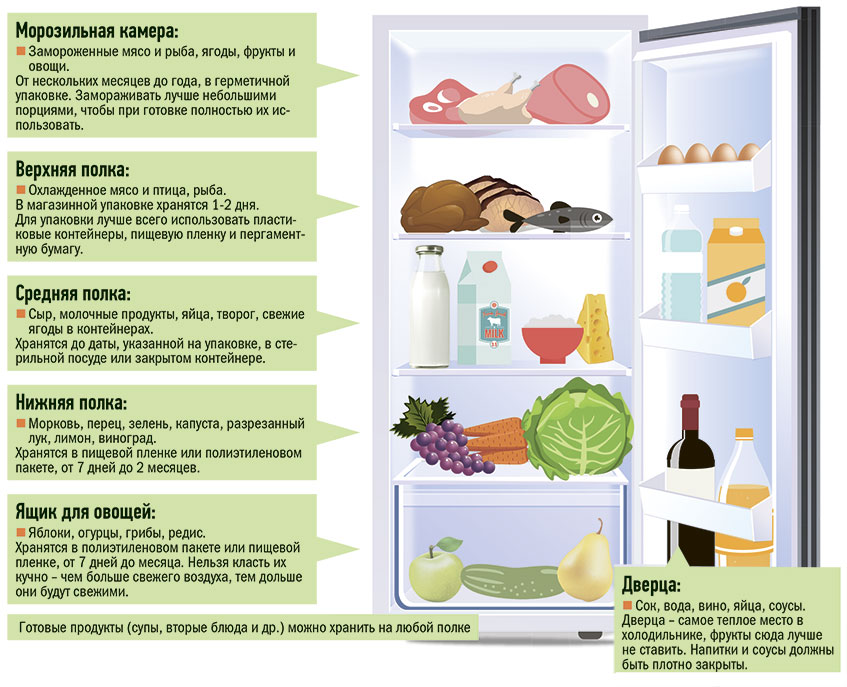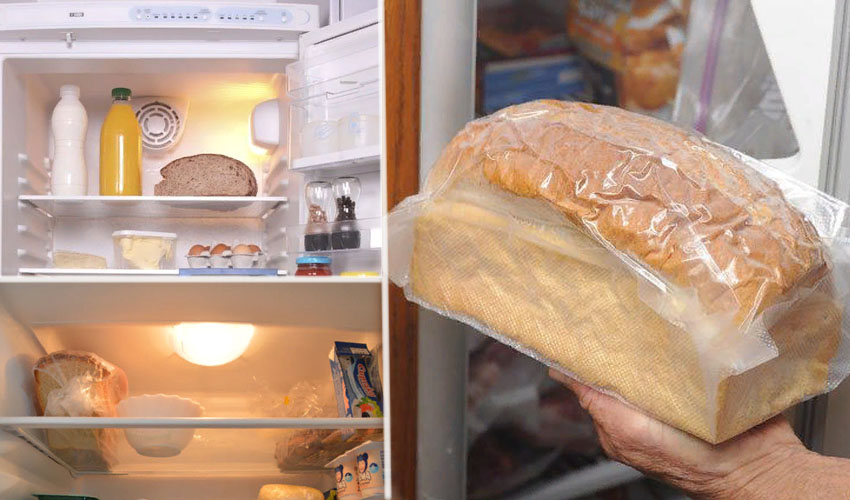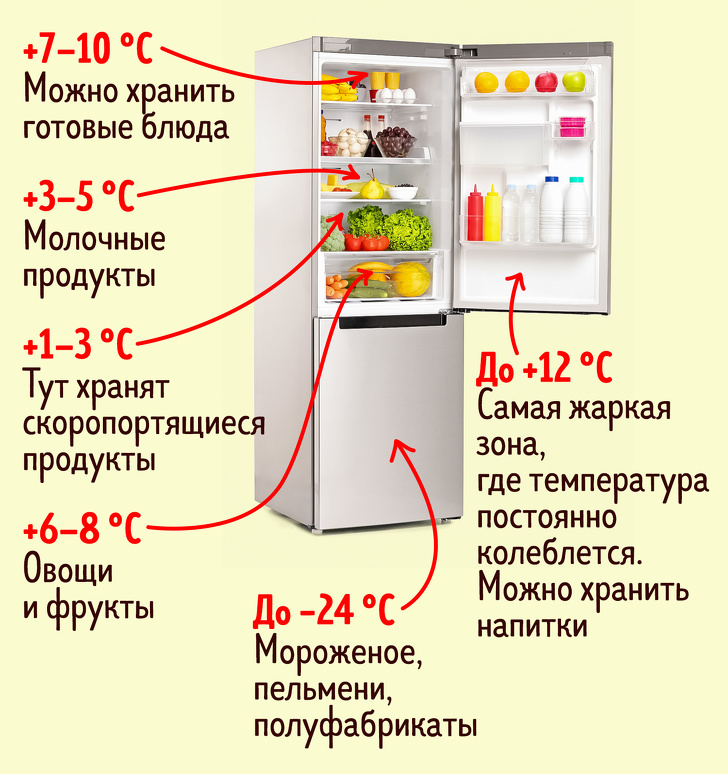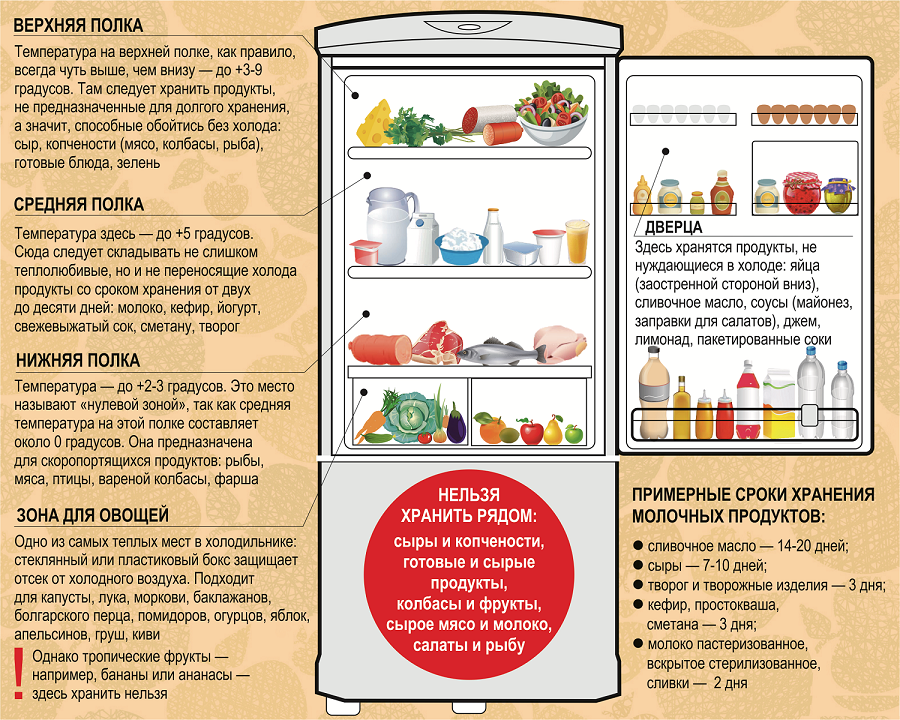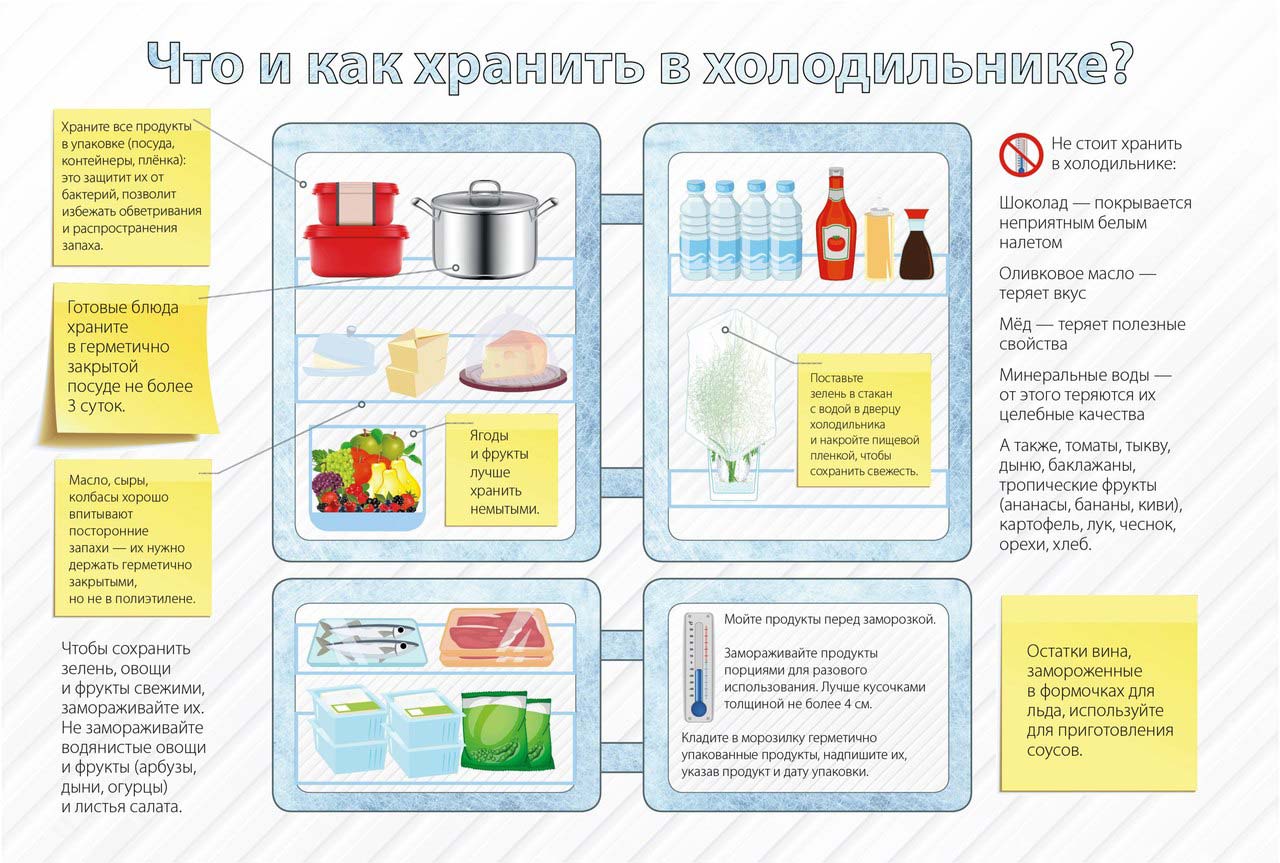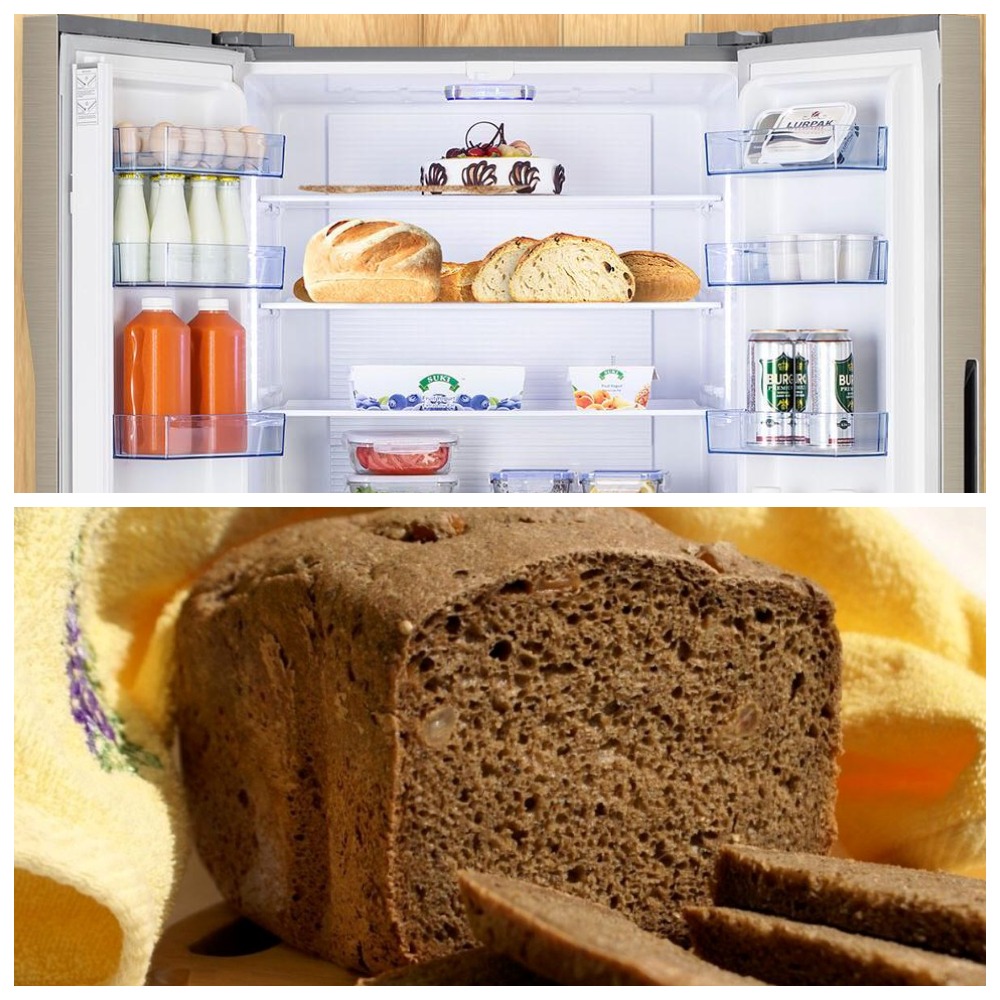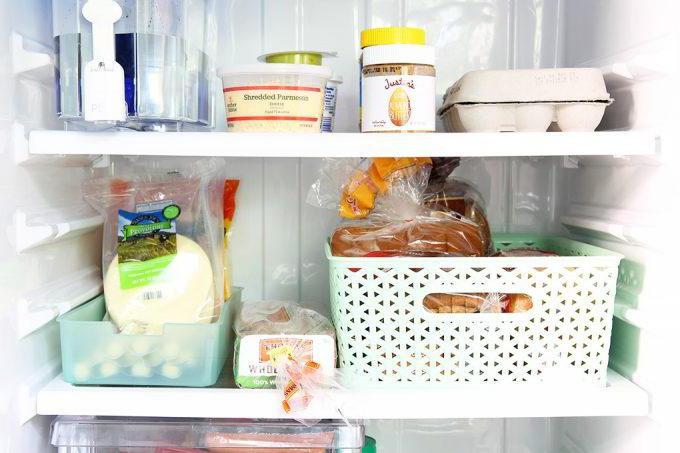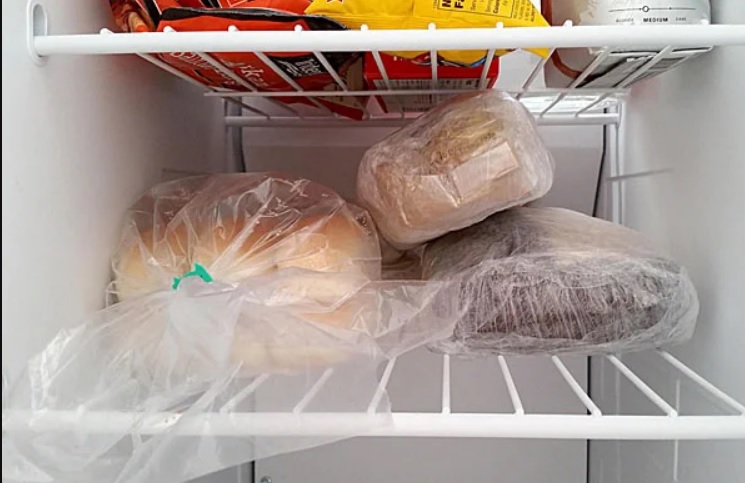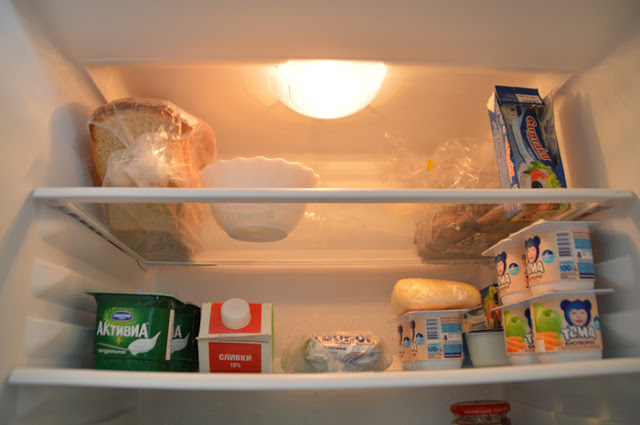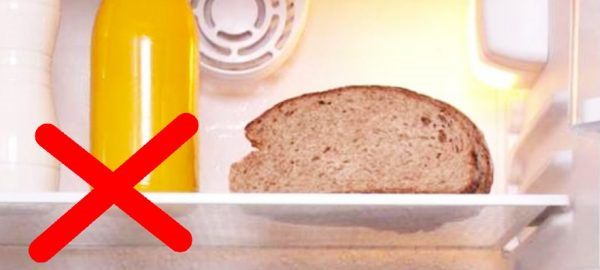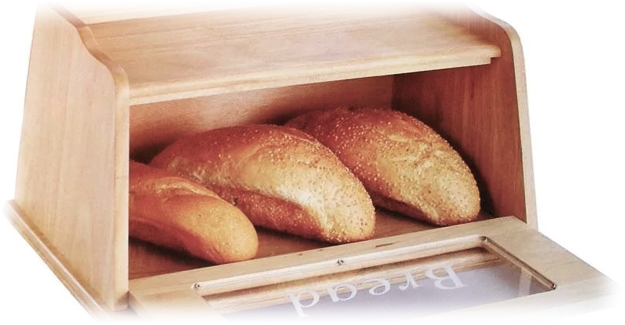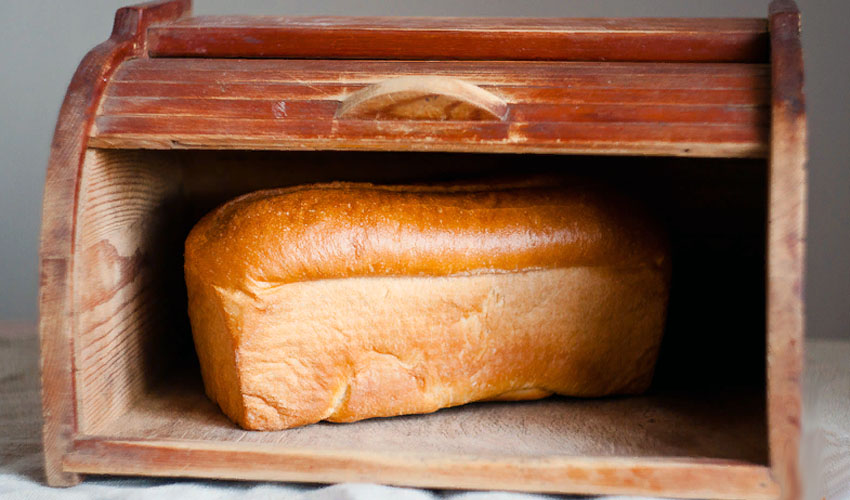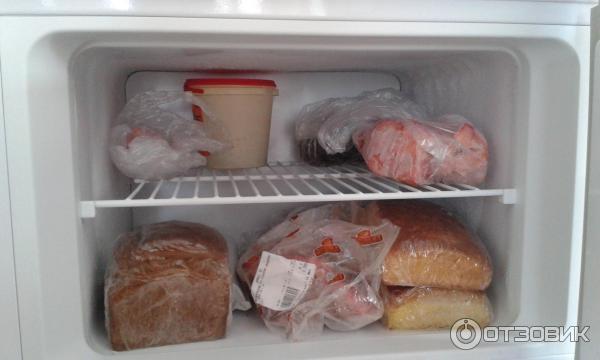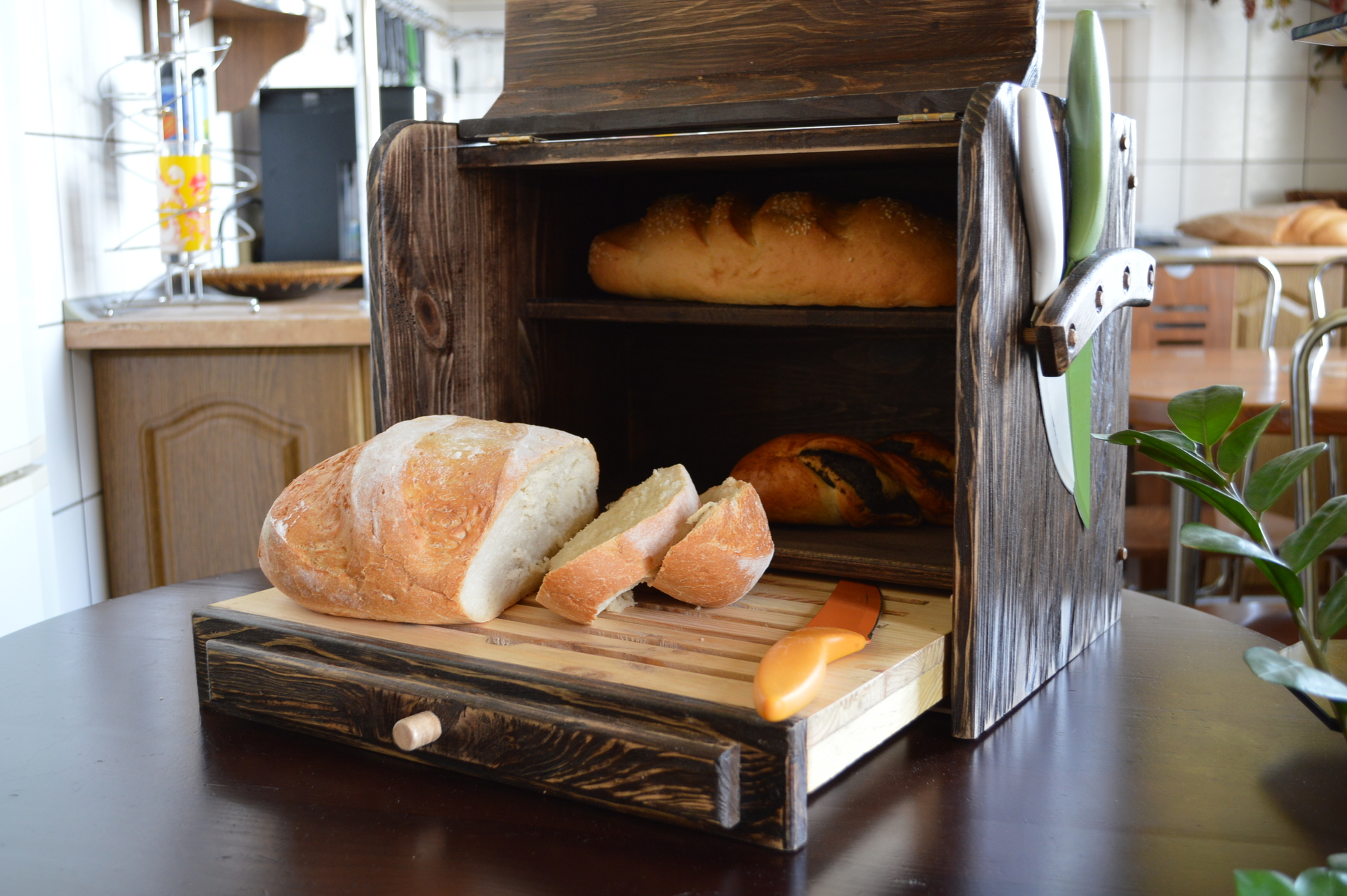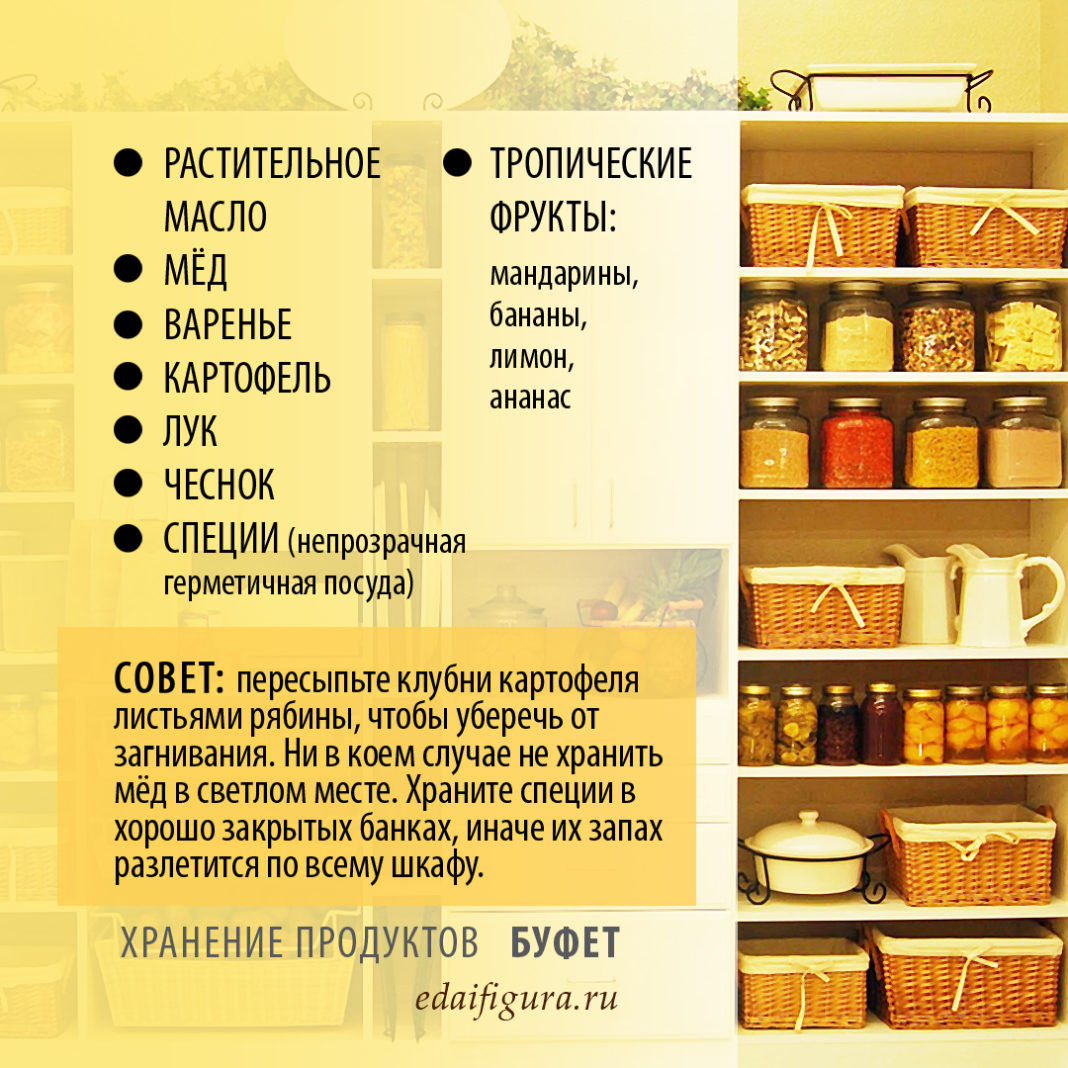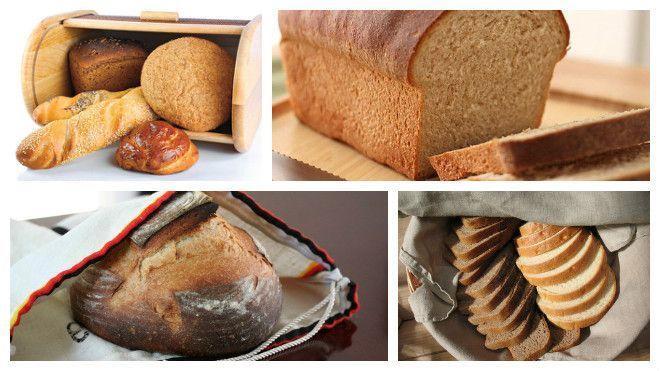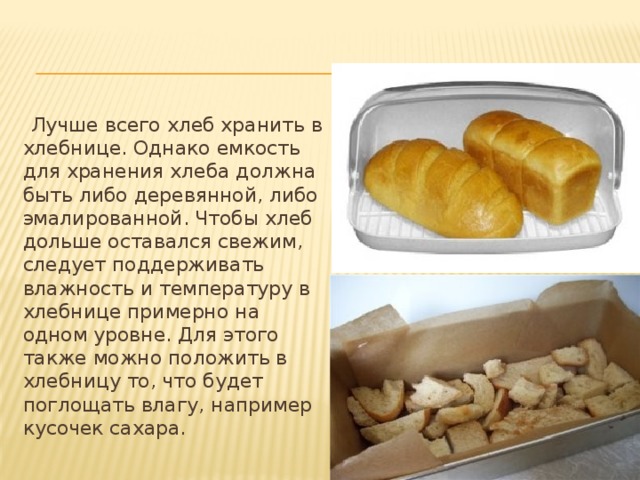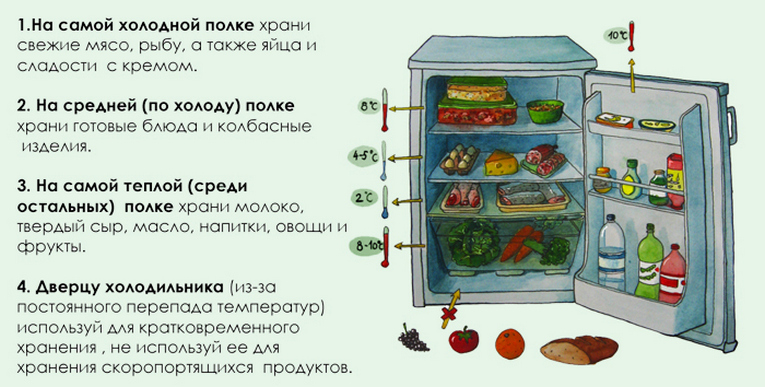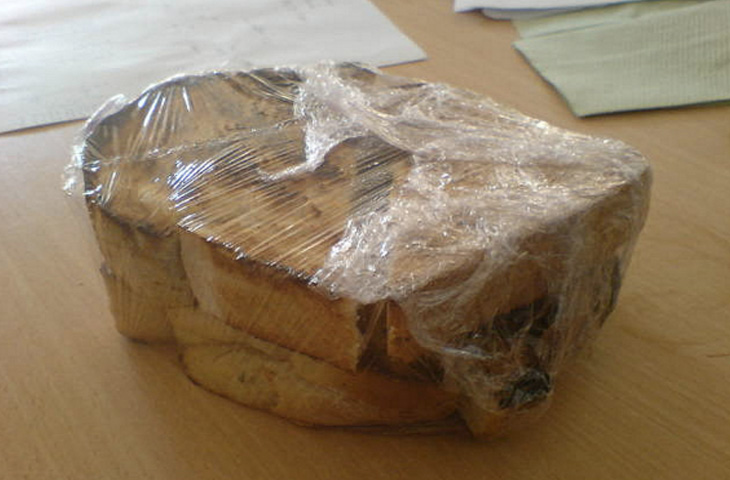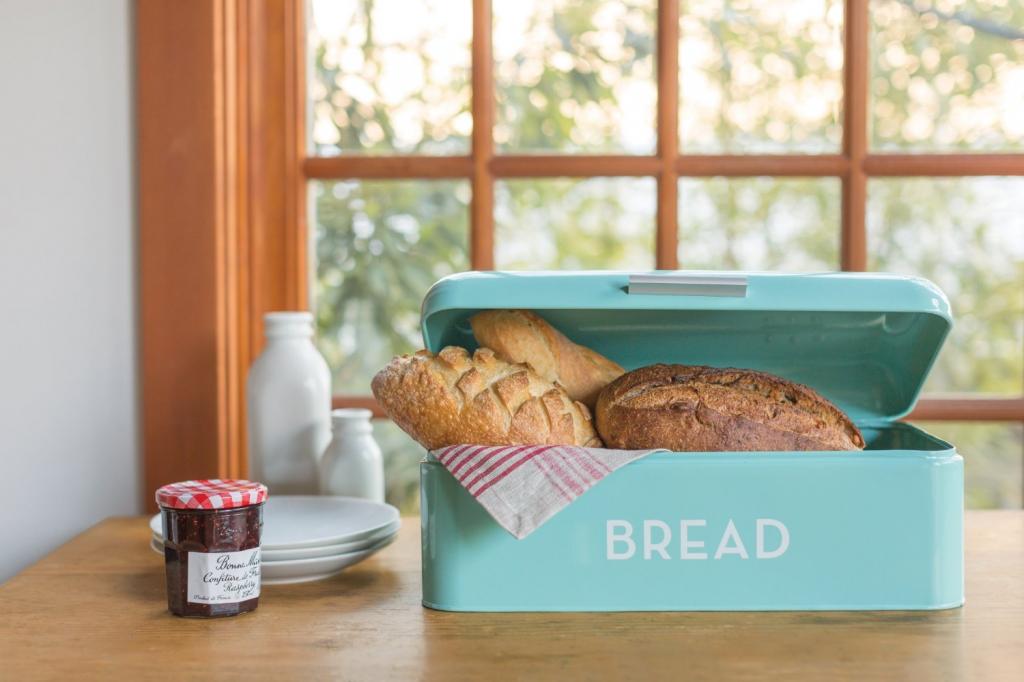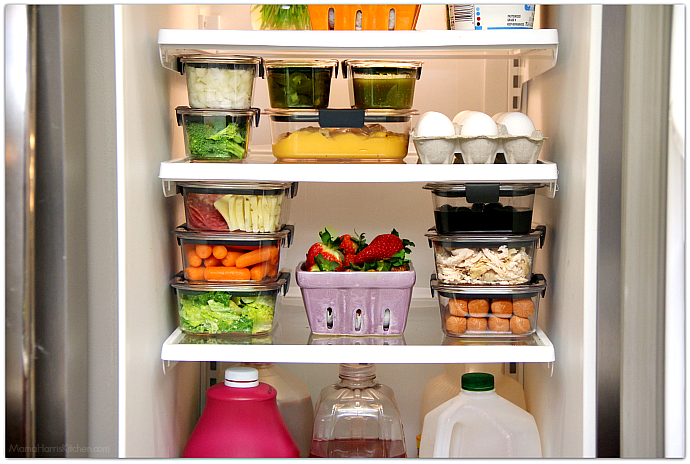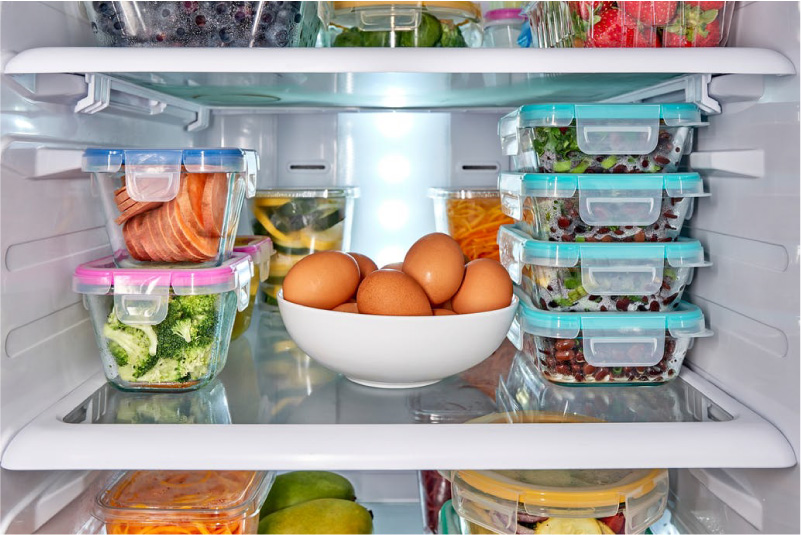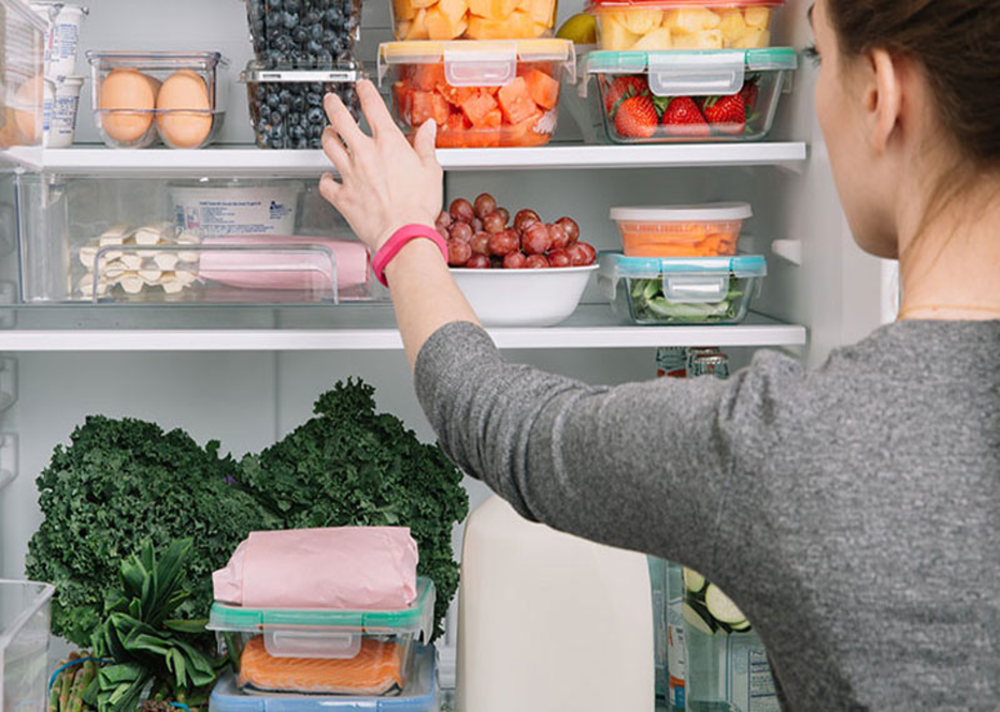How to store different types of bread
The ingredients in different types of bread have different properties. This means that one type of baked goods can stay fresh for a long time, while the other does not.
Wholegrain

Wheat germ seeds are used in the production of whole grain bread, due to which the product is considered very useful
When choosing such baked goods, pay attention to the composition on the package. Whole grain flour should be the first ingredient
Also, the composition should contain a minimum of impurities and preservatives.
Yeast-free

Despite the fact that bread is prepared without the use of yeast, it, like other varieties, can become stale. Usually yeast-free bread is stored for 7-10 days.
These terms are conditional and depend on the variety and baking technology. Also, storage conditions affect the safety of the product. It is best to keep the loaf in plastic, paper, foil, or cloth and put away in a bread bin or cabinet.
Gluten free

Gluten-free varieties differ from the classic ones in that the composition includes those types of flour that do not contain gluten. Such products are usually consumed by people who cannot tolerate this substance or want to eat more healthily.
The best place to store gluten-free bread is in the freezer. After cooking or purchasing, cut the loaf into slices, portion and freeze. Warm up the required amount of servings in the microwave before use.
Otrubniy

Products with bran differ from the classic ones in that they include bran in addition to flour. If you provide the bread with proper conditions, keep it in cellophane, paper or bread box, it will stay for 5-7 days and will not deteriorate.
Bread rusks

Such a product is able to remain in proper form from several months to two years, but only if the required humidity level (no more than 75%) is maintained in the room.
Storage nuances:
- it is better to keep crackers in a dark and cool place;
- at the first manifestations of damage, dispose of the product immediately;
- do not put crackers near the bread, otherwise both products will deteriorate faster;
- be sure to keep crackers in the package: plastic or paper bag, cloth bag, foil;
- rusks that have been dried rather than fried are stored longer (especially with the addition of oil);
- if the composition contains additional ingredients, the shelf life is reduced;
- use crackers-snacks immediately after opening the pack.
How to properly store bread in the freezer
As the bread ages, the taste deteriorates, you have to throw it away. The leftovers are used to make croutons or croutons. It is recommended to put them in the freezer, the taste is preserved for 6 months.
Advice:
- It makes no sense to freeze stale bakery products, they are used only for making crackers. After defrosting, their state will not change.
- Re-placing in the freezer is excluded, it is recommended to cut the loaf into portioned pieces.
- The product thaws for several hours, it cannot be removed from the bag, the texture softens, the smell intensifies.
- After defrosting, it is placed in the oven at 180 degrees, baked for several minutes, sprinkled with water, and a crispy crust forms.
- If everything is put in a plastic bag, air is squeezed out of it.
- The stretch film is wrapped very tightly, in 2-3 layers.
The benefits and harms of crackers:
- They contain many vitamins, minerals, strengthen the immune system.
- Carbohydrates act on the digestive tract during digestion, fill the body with energy.
- The stomach digests crackers faster.
- For some diseases, nutritionists include them in the daily diet.
NS
Why does it quickly deteriorate and mold
Any product made of flour deteriorates in two ways: either it becomes stale or moldy. In the first case, it becomes tasteless, in the second - harmful and hazardous to health.
When baked, the starch of the flour turns into a paste, absorbing moisture. Over time, he gives it away, the moisture gradually evaporates. Bread practically does not stale at temperatures below 10 degrees or above 60 degrees. The stale crumb is poorly saturated with gastric juice, therefore, it is less digested and absorbed.

As for mold and other harmful microorganisms that cause spoilage of baked goods, they are always present on the surface of the grain. When milled, they get into flour, and then into bread. If it is poorly baked, then microbial spores begin to germinate. Therefore, mold is often found inside the loaves. The fluffy "carpet" can be of different colors: white, orange, gray. Outside, the crust is baked and thereby disinfected quickly, but it takes time to heat the middle of large products. Deterioration is accelerated by improper storage conditions.
Why does bread go bad quickly
Breadbins have become a traditional storage place for bakery products. For their manufacture, modern industry uses various materials - plastic, metal, wood, but best of all, baked goods are stored in a wooden storehouse. Certain types of wood (juniper, birch) are famous for their bactericidal properties. However, even inside a wooden container, which is prone to absorbing moisture, the roll turns black after a few days, and then the flour product becomes moldy.
What affects the shelf life of a store baked product:
- Accuracy of adherence to the recipe. A number of manufacturers enrich the dough with preservatives and thickeners to increase the shelf life of the finished product. Such a loaf will not turn brown for 2 weeks, but it will not bring health benefits.
- The quality of the components of the composition. If the dough is made from two types of flour (rye and wheat), the loaf will not stale longer. Adding corn or barley flour will speed up the spoilage of the loaf.
- The presence of natural additives. Enrichment of the composition with fats, sugar, malt enzymes, as well as protein products (milk, eggs) increases the shelf life of the finished delicacy.
- Compliance with production technology. Thanks to intensive kneading, the dough is saturated with air, which promotes full fermentation, and high-quality baked goods guarantee long-term freshness.
We cannot influence the observance of the recipe and the rules for the preparation of bakery products purchased in the store. However, you can take into account all the nuances to ensure the long-term preservation of the aroma and taste of the rolls by baking them yourself at home. To do this, you just need to get a bread maker in order to always have a fresh delicacy at hand.
The shelf life of bakery products largely depends on the recipe
How to restore freshness to bread?
You can reanimate bread by moisturizing and heating it. Only you need to do this correctly, provided that it is free of traces of mold:
- In the microwave. Sprinkle the loaf with water or wrap it in a wet, well-wrung towel. Put in the microwave for 20 seconds, check the softness, repeat the procedure if necessary. You can simply place the slices in the microwave with a cup of water next to it. The evaporating moisture will saturate and soften them.
- In the oven. The method is similar, only moistened bread is wrapped with cling foil. Kept in an oven preheated to 180 degrees for 10-15 minutes. After that, take out the loaf, let it cool slightly, and then remove the foil.
- In a slow cooker. Happy owners of this technique will easily make bread soft using the steam cooking mode. For slices, 2 minutes is enough. Instead of a multicooker, a regular steam bath will do.
- In the package. A simple but time-consuming way.It is necessary to put a slightly stale loaf in a polyethylene bag, close it tightly, place in a warm place. In summer, in the heat, a lighted window sill is suitable, in winter - a battery. Condensation will form in the bag due to the heat and will make the bread soft again.
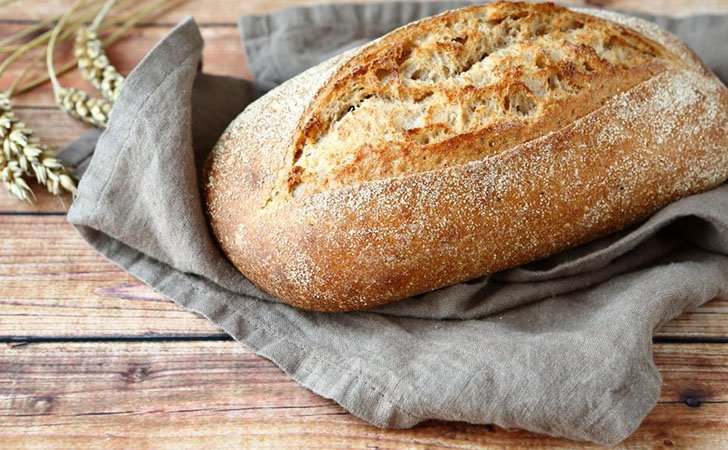
All the methods described should be used immediately before using the product, because they will be able to reanimate it only for a few hours, then it will begin to harden again.
Bread is an amazing product, it never gets boring. If you store it correctly, it will stay fresh for a long time and will not lose its beneficial properties.
Where to store flour products
 Polyethylene is not the best container for storing bread
Polyethylene is not the best container for storing bread
It has long been customary to store bakery products in a bread bin. Here they preserve their positive properties well. Bread boxes can be made from various materials. Wood and plastic are especially popular. It is certainly better to choose the former. Although their price may be higher, they are safer and more durable. Wood, being a natural material, keeps the product from moisture. Plastic breadbins can have an unpleasant chemical odor, so you need to be careful when choosing them.
In addition, such containers for storing bread are quite common:
- fabric bags - natural material perfectly permeates air and prevents mold. Bread storage bags can be made from cotton or linen. Before using them, be sure to wash them without powder, rinse aid or other detergents. The storage bag should have a tight tie;
- paper bags are a good way to store baked goods. They are very suitable for crispy products. The paper does not provoke the formation of condensation, so the bread does not become damp. Unfortunately, this method is one-time, you should not reuse packages;
- tissue cut is the method that our ancestors used. They simply wrapped the bread in natural fabric and left it for storage. Surprisingly, in such a package, their products remained fresh for up to 10 days. This was most likely due to good ventilation;
- plastic bag - this packaging is most often used by manufacturers. She, of course, is quite comfortable, but her safety remains in question. It is still not worth keeping bread in it for a long time. Polyethylene does not allow air to pass through, so moisture can accumulate in the bag. It is best, after purchasing bread in such a package, to transfer it to a normal safe container. If this is not possible, then it is imperative to cut several small holes in the bag in order to create at least some kind of ventilation;
- kitchen utensils - in the territory of the former USSR, there are often housewives who are used to storing bread in ordinary enamel pans. They explain this by the fact that it is quite simple to care for such a container. It can be rinsed under running water, wiped dry and reused.
When choosing a container and storage place, you should make sure that there are no pests. They can affect flour products, after which they become unusable. Therefore, if suspicions arise, it is necessary to carefully treat the bread storage cabinet and all other containers with a weak solution of acetic acid.
Can I store bread in the refrigerator?

Some housewives keep bread in the refrigerator and claim that it stays fresh for 5-7 days. On the one hand, the refrigerator compartment helps to avoid the appearance of mold, since the temperature from 0 to 2 degrees prevents mold from forming. On the other hand, such a temperature lowers the moisture level in the food, so the bread becomes stale much faster.
If you decide to keep a loaf in the refrigerator, do not neglect its packaging. Wrap the loaf with paper or cloth.When using plastic bags or foil, make sure there are holes in the surface for ventilation.
Is it harmful to store bread in the refrigerator
Of course, it's up to you to keep the bread in the refrigerator or just in the room.
However, please note that this kind of storage can cause problems:
- the bread will absorb the smells of other products lying on the refrigerator shelf next door;
- other foods will absorb the yeast odor;
- if you put a loaf in polyethylene without holes, it will surely be covered with mold;
- When hot food is placed in the refrigerator, the compressor may become unusable due to the steam generated by the bread.
How long can bread be stored in the freezer
An interesting fact is that the rate of crystallization of starch is significantly reduced at temperatures from -10 degrees. Based on this information, it can be assumed that the bread will be able to lie in the freezer for a long time. And indeed it is.
For the product to lie for a long time at temperatures from -13 to -18 degrees:
- place only fresh bread at room temperature in the chamber;
- be sure to pack the product in a bag or foil;
- do not re-freeze the rolls;
- for convenience, put the date of freezing directly on the package or pack the product in portions.
Subject to these conditions, the bread will lie in the freezer for 2 to 16 weeks.
Keep the frozen food at room temperature for several hours or use the oven, microwave or bread machine for defrosting.
What kind of bread is not kept in the refrigerator
If you are satisfied with the option of storing bread in the refrigerator, please note that it is unacceptable to keep certain types of products on the refrigerator shelf. Namely:
- hot baked goods, which will only harm the refrigerator compressor;
- already spoiled bread with mold that has appeared on the crust;
- baked goods without packaging.
Otherwise, for this storage option, you can choose any type and grade of products.
What kind of bread cannot be refrigerated?
When sending loaves to the refrigerator, you should carefully examine them, not every loaf can be stored in this way:
- If the bread starts to spoil a little, do not rush to pack it and put it in the refrigerator - the situation cannot be saved. In addition, bread fungus can infect other foods as well.
- Do not store hot bread in the refrigerator - the loaf will grow moldy even in porous packaging.
When thinking about how to store bread so that it stays soft as long as possible, it is worth considering the option with a freezer as the most optimal one. But at the same time, it is imperative to observe the storage conditions so as not to accelerate the deterioration of bakery products.
Secrets of proper care of the grain place
In order for the loaf to remain soft for a long time, the place of its storage should be kept clean, ensure air circulation with a minimum of moisture. How to take care of the grain storage:
- daily clean the inside of the container from crumbs, wiping the surface with a dry towel, you can use a paper towel;
- Rinse the bread bin weekly with soap and water (if the material allows), then treat it with a 1% solution of acetic acid and let it dry well;
- It is advisable to cover the bottom of the container with clean paper or cloth, they are changed once a week - the paper is thrown away, the cloth is washed.
If using paper bags, dispose of them after using the loaf. The canvas baking bags should be washed once a week after consuming their contents. Foil and polyethylene are also used one-time, and plastic containers or a pan opened with enamel are treated with dishwashing detergent, then rinsed well and wiped dry.
Bread can be called a unique product that people have baked since time immemorial.Technological progress has improved the preservation methods for baked goods, but you shouldn't buy more bread than you can consume. After all, even long-term storage in the refrigerator does not save the loaf from damage.
Share this
Class
Share this
Tweet
Zapin
Bread box or refrigerator?

For preservation, it is customary to use a bread box. In the refrigerator, the bread rather stale and dries out. It also easily absorbs odors there. This leads to a loss of aroma and taste.
There are bread bins made of metal, glass, plastic, ceramics. But the best choice would be made of wood. It decorates the kitchen and even has antiseptic properties. The metal bread bin does not absorb odors, keeps the temperature, and serves for a long time. Such a thing requires less maintenance than a product made of wood, which can damp. The modern metal bread bin has a ventilation hole.
You can use a refrigerator. This long-term method for safety is resorted to when it is hot outside, or you need to meet guests, and you bought food, or just too lazy to go to the store. But do not "save" him if white spots have already appeared. After all, fungal spores can easily spread further.
Shelf life and storage of bakery products in accordance with GOST
First of all, it is worth noting that the state standard for storing bread is established within the framework that is calculated for the sale of the product. This means that the actual shelf life of baked goods is slightly higher than the prescribed values. There are 2 types of GOST standards, which depend on the type of product, the method of preparation and the availability of packaging.
- For products that can be stored for no more than 2 days. The packaging should contain not only the date, but also the time of packaging.
- For products that can be stored for more than 48 hours. The label will be marked with the date of packaging.
Storage standards for the main types of bakery products:
- rifled: packaged - 72 hours, unpacked - 24 hours;
- white of the first category: 72 hours in the package, 24 hours without the package;
- small loaves up to 200 g - no more than 16 hours;
- Borodinsky - 36 hours;
- crackers - 60 days.
How to choose the right place in the kitchen
It is customary to keep bread in the kitchen. Coming from the store, any hostess lays out the products on the table. Then he puts it in cupboards, drawers or containers. It is better to put the bread in a bread basket, you can put it in a birch bark or wicker basket. These items should stand on the surface of the table or lower kitchen cabinet. The distance to the floor should be 1.2-1.5 meters.
It is not advisable to store food purchased in the store on the windowsill, in direct sunlight. In this place, they quickly deteriorate. You can put baked goods in the refrigerator, on the middle shelf. Bread must first be placed in a plastic or paper bag.
Proper storage at home

Bread should be stored in closed containers. The packaging must be sufficiently airtight and have ventilation openings. It is also not necessary to wrap too tightly. Harmful fungi will soon infect an important food item.
It is important to chill freshly baked bread first. Take it out of the mold, protect it from drafts.
Leave it on a wire rack or towel for a few hours. If you pack it right away, the environment can be filled with moisture, which means that a dangerous enemy will reappear.
It is not recommended to store it at temperatures above 25% and humidity above 75%. Black lasts a little longer. Allowed up to +28 degrees. Do not create favorable conditions for the growth of mold on your own. Many people prefer to protect the precious bread at room temperature, and when it is hot, they use the refrigerator or freezer.
Remember to keep the bread bin clean and dry. Let her stand in a bright, safe, dry place. Keep it away from shade and water.
A useful tip - do not buy excess bread and do not bake it for future use. Better to do this more often, even if you have a large family. These basic storage methods and rules help protect against dangerous mold. By applying helpful recommendations, you can preserve bread and the health of the whole family.
How to tell if bread has gone bad
While many packaged foods have an expiration date, most breads have an expiration date, which indicates how long your bread will stay fresh.
However, expiration dates are optional and do not indicate safety. This means that even after the expiration date, your bread may still be safe to eat.
To determine if your bread is fresh or spoiled, you must examine it yourself.
Here are some signs that the bread should no longer be eaten:
- Mold. Mold is a fungus that absorbs nutrients in bread and grows spores, forming spots that can be green, black, white, or even pink. The USDA recommends throwing away the entire loaf if you see mold.
- Bad smell. If the bread has visible mold, it is best not to try to smell it, as its spores are harmful to the body. If you don't see the mold stain, but you notice a strange smell, it's still best to throw the loaf away.
- Strange taste. If the bread has changed its taste, it is probably safer to throw it away.
- Rough texture. Bread that is not sealed and stored properly can become stale or dry. As long as there is no mold, stale bread can be eaten, but it may not taste as tasty as fresh bread.
How to store in the refrigerator
Bread, like other foods, can be refrigerated. True, at a temperature of 0 ... -2 degrees of frost, the product loses moisture much faster than in room conditions. But this method has its advantages: baked goods will not grow moldy, the risk of developing microbes will decrease.
Before putting the product in the refrigerator, it is advisable to pack it in cellophane with holes for ventilation. If they are not there, you can pierce the polyethylene yourself in several places. Bread will stay fresh in the refrigerator for 1-2 weeks.
They put baked goods in the freezer only if you need to leave home for a while. The product is pre-cut into slices and packaged in portions in foil or cellophane. The loaf will stay in the freezer for a month.
It is forbidden to put pastries in the refrigerator, which have already begun to deteriorate. Mold can spread to other foods. Plus, eating moldy bread is dangerous to your health.
Do not put hot, hot baked goods in the freezer. The chamber will become covered with condensation, which can damage the compressor.
Storing bread in a plastic or paper bag
Almost everyone uses plastic bags. Their repeated use is undesirable, so that the quality of bakery products remains high for a longer time, holes for ventilation are created. This prevents crediting, mold does not grow for 4-5 days, the bag is pierced with a regular fork.
There are pouches in stores where you can put buns. They are made of three-layer material:
- Top cover.
- Pad.
- Textile.
Products become stale immediately at +2 gr. Such a microclimate is provided in the refrigerator, the humidity of fresh baked goods is 50%, the liquid comes out of it faster.
Advice:
- If you put it in a saucepan and add an unpeeled raw apple, the shelf life will last up to 2-3 days.
- Sugar or peeled potatoes also inhibit drying out. Such food normalizes the level of humidity, improves the microclimate.
- Freshly baked pastry is cooled for about 3 hours, it is not left in a draft, salt scattered nearby helps to absorb moisture.
- The covered dishes are placed in a light, dry part of the kitchen, where mold will not form.
- A roll wrapped in linen napkins lasts longer.
- Bread boxes made of wood restrain the development of microbes, mold, fungus.
- The vinegar is used to rub the inside so that the buns do not spoil.
- Linen fabric used to help maintain freshness, softness, tenderness for a week.
- Mold forms when there is no access to air at all.
A spoiled bakery product is restored in the following ways:
- Cut into small cubes, dry, make croutons, fold into a cloth bag.
- The loaf is sprinkled with water, placed in the oven for a few minutes, at 180 degrees it becomes fresh again.
- A narrow saucepan is placed in a container with water, a bun is placed there, covered with a lid, heated over low heat until a fresh smell is restored. If a whole loaf has deteriorated, you will have to grind it, collect the fragments in a sieve, place in a steam bath. Hot products remain fresh for a long time, it is convenient to place them in a thermos with a large neck. The method is used to restore spoiled cookies, any baked goods.
Stale pulp, cheese and egg casserole recipe:
- The loaf is cut into small pieces, mixed with the rest of the ingredients, whipped with a spoon or mixer, and placed in a baking dish.
- 20 minutes the pulp is soaked, cheese is sprinkled on top.
- The form is sent to the oven for half an hour.

1 Selection of suitable containers
You need to store bread at home in the correct container. A freshly purchased warm loaf or long loaf should not be packaged immediately, otherwise the product may quickly become damp due to the formed condensation.
To keep the bread fresh and soft for a long time, you need to start cutting it in the middle. After eating, the two halves are connected to each other and fit into the available container. If you cut off the edge of the loaf, the bread will quickly turn stale.
When the product has cooled down a little, you can choose a suitable container for storage. This could be:
| Container type | Storage features |
| Linen napkin or canvas cloth | This is the oldest and most proven method of storing bread, which was used in Russia. The product, so that it does not mold, was wrapped in 2-3 layers of fabric. Thus, it remained fresh for a week. The only drawback of this method is that the moisture evaporates quickly, and the bread becomes a little stale, but remains suitable for consumption. The fabric must be washed periodically. It is not recommended to choose powders and conditioners as a detergent, as bread will quickly absorb extraneous "chemical" odors. The best option is ordinary laundry soap. |
| Plastic bag | Bread can be stored at home in its original packaging or put in a plastic bag. A prerequisite is the presence of ventilation holes, which can be made with a hole punch. This will help prevent mold growth and prevent moisture from evaporating quickly. One package can be used for storage only once. Next time you must definitely take another |
| Paper bag | This option is suitable for lovers of crispy crust. The natural material does not allow the bread to dry out and dry out, so it stays soft inside. In the absence of a paper bag, you can wrap the product in plain white paper |
| Special bag for bakery products | Such an item can be easily found on supermarket shelves in the household section. The bag consists of three layers: the upper and lower ones are made of natural cotton fabric, and the middle one is made of perforated polyethylene. This structure allows you to create an ideal environment for storing flour products, so the shelf life is increased to one and a half weeks. |
| Pot | This unusual method is suitable for storing fresh hot baked goods. After the product has cooled down a little, place it in a metal pan, put the apple and close the lid tightly. The bread will be fresh and soft for 2-3 days. |
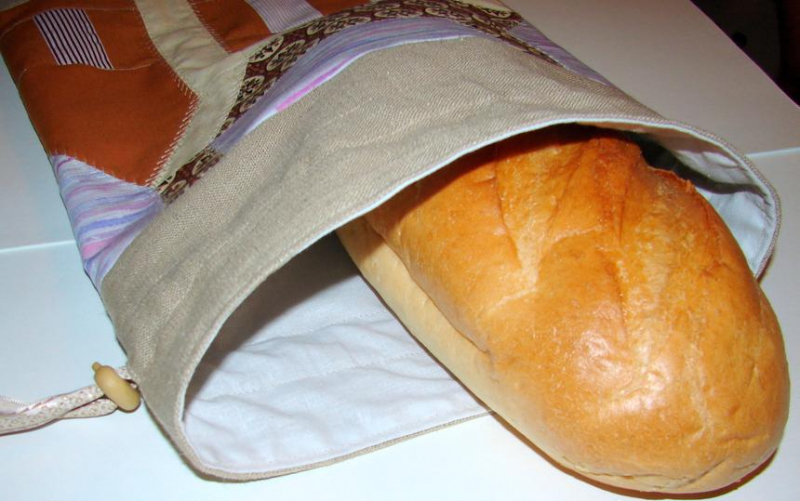
Bakery storage bag
Ways to turn frozen bread into fresh
There are several ways to revive a bakery product after freezing.
- Simplest. Remove the bread from the freezer in advance, about four hours before eating, and leave it wrapped until completely thawed at room temperature.
- In the oven. Put the product wrapped in parchment for five minutes in the oven preheated to 200 ° C.
- With a crispy crust. After thawing, place the bun for ten minutes in an oven preheated to 180 ° C, having previously greased with water.
- Using a double boiler. Place the product in the device for 20 minutes. The period of time will largely depend on the size of the product to be defrosted. Therefore, if, after piercing a piece with a knife, make sure that it is solid inside, you need to turn on the steamer for another 10-15 minutes.
- In a frying pan. Place the frozen slice in a low-heat skillet, uncovered.
Can bread be frozen so that after thawing it looks like fresh? After this procedure, the bread may be wet. However, it is enough to let it cool and dry, as it will regain its original qualities and taste.
What is the bread stored in
It is no coincidence that baked goods are sold in paper bags. This material is considered the most environmentally friendly when it comes to food storage. It allows the product to "breathe" and also reliably protects it from external factors. But storing bread in paper bags has one drawback: it dries faster.
Store bread well in cotton bags or simply wrapped in a towel. Then the baked goods will remain fresh for 4 - 5 days. You can also keep the bread wrapped in parchment paper.

The shelf life of bread is extended to 7 days if it is kept in an upside-down earthen pot.
If you need to keep baked goods fresh for a long time, special three-layer bags are purchased in the store, which consist of one cotton layer and two polyethylene ones with perforation. Baked goods placed in such bags will stay fresh for much longer than in a regular bread bin.

